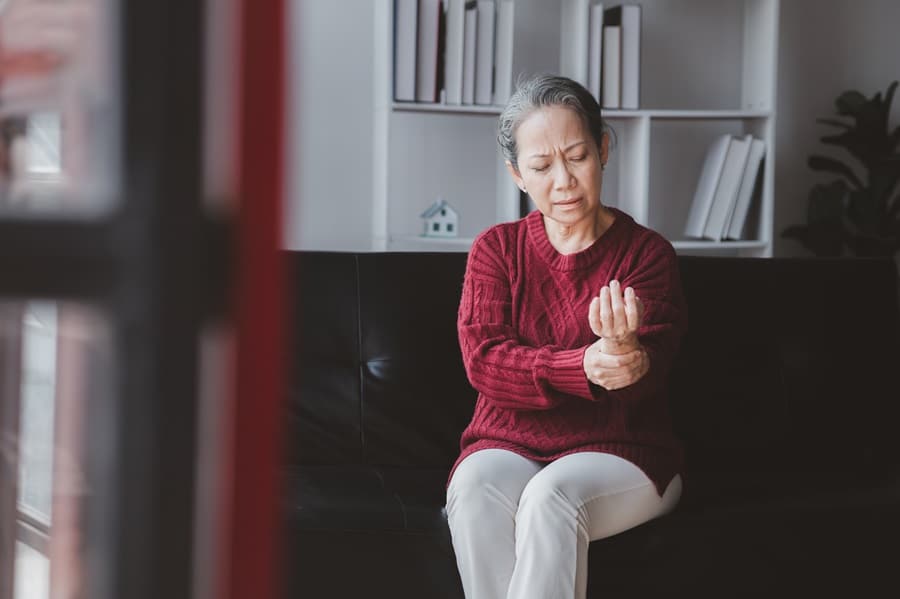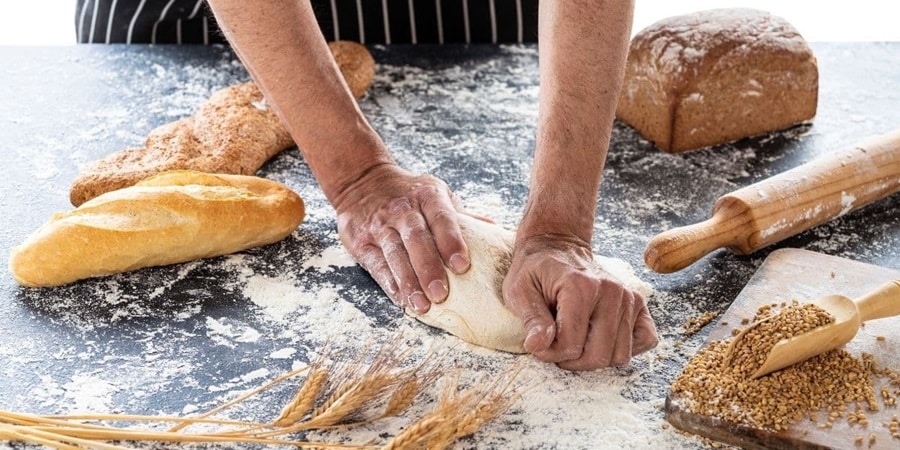Do you love the smell of essential oils but don’t like the price tag? You are not the only one! It’s easy to see that the cost of high-quality essential oils is getting higher. But, did you know that you can make your quality essential oils at home for a fraction of the price? Once you have made your essential oils, you will never want to go back to buying them from the store again! This post will teach you to make your essential oils using simple and easy-to-follow steps.
Contents
- 1 What Are Essential Oils Exactly?
- 2 Supplies Needed To Make Essential Oils
- 3 Step 1: Choose Your Plant Material
- 4 Step 2: Prepare Your Plant Material
- 5 Step 3: Distill Your Oil
- 6 Step 4: Strain Your Oil
- 7 Preparing Your Essential Oil For The Diffuser
- 8 Preparing Your Essential Oil For Topical Use
- 9 Turning Your Essential Oils Into Edible Oils
- 10 Enjoy The Benefits Of Your Homemade Essential Oils
What Are Essential Oils Exactly?
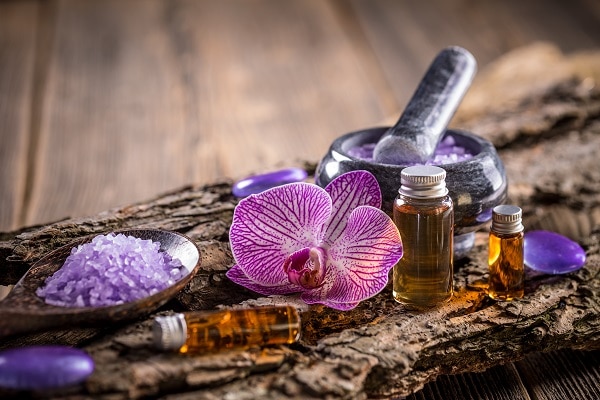
Essential oils are concentrated liquids that contain the aromatic compounds of plants. These compounds are responsible for the characteristic smells of certain plants, and they can also be used for a variety of purposes. Essential oils are typically produced by distilling leaves, flowers, or other plant parts. Once distilled, the essential oil can be used or diluted with other carriers, depending on its intended use.
Essential oils are commonly used in aromatherapy and as natural fragrance agents. They can also be used topically for various benefits, including skincare and stress relief. With so many different uses, it’s no wonder that essential oils have become so popular in recent years.
Supplies Needed To Make Essential Oils

If you’re interested in making your essential oils, there are a few supplies you’ll need to get started. The first is still. This can be either a water or steam distiller. Water distillers are typically less expensive, but they can take longer to extract the oil from the plant material. Steam distillers are faster, but they require a heat source.
You’ll also need some sort of container to catch the distilled oil and some plant material. The type of plant material you use will depend on the essential oil you want to make. Finally, you’ll need a strainer or filter to remove any impurities from the oil before using it. You can easily make your essential oils at home with the right supplies.
Step 1: Choose Your Plant Material
The first step in making your essential oils is to choose the plant material you want to use. As mentioned above, the type of plant material you use will determine the essential oil you end up with. When selecting plants, make sure that they are from a reputable source and that they are grown without the use of chemicals. Common plants used to make essential oils include lavender, rosemary, peppermint, and eucalyptus. You will typically need around 2-3 cups of plant material. Once you have chosen your plant material, it’s time to move on to the next step.
Step 2: Prepare Your Plant Material
The next step is to prepare your plant material for distillation. This usually means chopping or grinding the plant material into small pieces. This will help release the aromatic compounds and make them easier to extract. If you are using fresh plant material, make sure that it is clean and free of dirt or debris. Once your plant material is prepared, you can move on to the next step.
Step 3: Distill Your Oil
The third step is to distill your oil. This is where you will extract the essential oil from the plant material. If you use a water distiller, add enough water to cover the plant material and then turn on the distiller. The water will start to boil and create steam, which will extract the essential oil from the plant material. The oil will then collect in the container you are using to catch it.
If you use a steam distiller, add the plant material to the distiller and then turn on the heat source. The heat will create steam, which will extract the essential oil from the plant material. The oil will then collect in the container you are using to catch it.
Step 4: Strain Your Oil
The fourth step is to strain your oil. This is important because it will remove any impurities from the oil before using it. Certain pollutants can be harmful if used topically or inhaled, so it’s important to strain the oil before using it. To strain the oil, simply pour it through a strainer or filter. Once the oil is strained, it is ready to use.
Preparing Your Essential Oil For The Diffuser
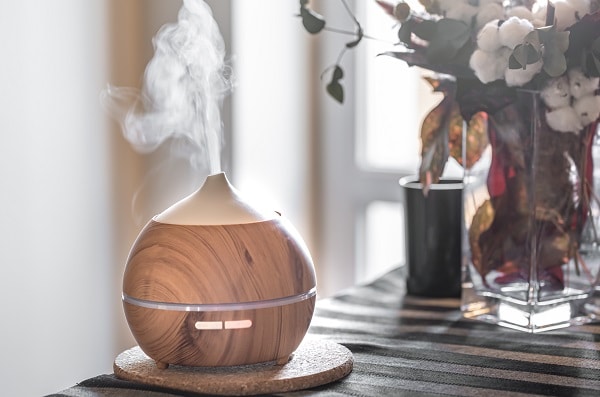
If you plan on using your essential oil in a diffuser, there are a few things you need to do first. The first is to add the oil to a carrier. This can be either water or another oil. Carrier oils help to dilute the essential oil and make it last longer in the diffuser. Once you have added the essential oil to a carrier, you can add it to your diffuser. Make sure to follow the instructions that came with your diffuser to ensure that you are using it correctly.
Preparing Your Essential Oil For Topical Use
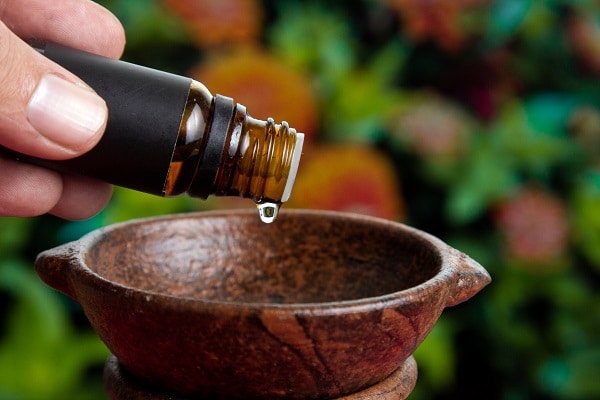
When preparing essential oils for topical use, following a few simple guidelines is important. First, always dilute the oil with a carrier oil, such as jojoba oil or coconut oil. This will help to prevent skin irritation. Second, always test the diluted oil on a small skin patch before applying it to a larger area. Finally, apply the oil to the skin using gentle massage strokes. You can safely and effectively use essential oils for topical applications by following these simple tips.
Turning Your Essential Oils Into Edible Oils
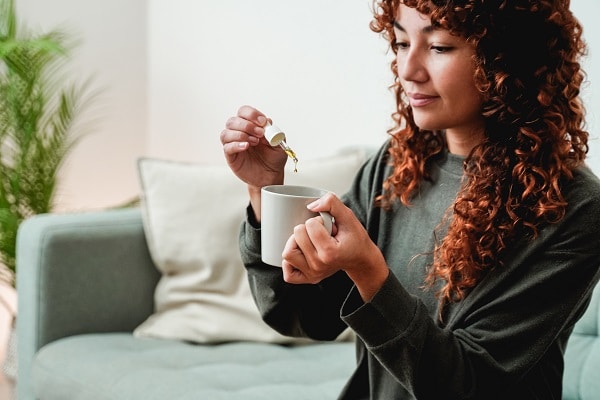
You might also be interested in turning them into edible oils. The process is quite simple, and the resulting oil can be used in various ways. First, you’ll need to purchase carrier oil, such as olive oil or coconut oil. Next, add the essential oil of your choice to the carrier oil, using a ratio of 1 drop of essential oil per 1 teaspoon of carrier oil.
The edible oil can add a flavorful boost to any dish when used in cooking. And because the potency of the essential oils is diluted when mixed with a carrier oil, there’s no need to worry about them harming your health. So if you’re looking for a new way to enjoy your essential oils, give this method a try! Finally, store the mixture in a dark glass bottle and keep it refrigerated.
Enjoy The Benefits Of Your Homemade Essential Oils
Making your essential oils is a rewarding experience that saves you money and provides you with high-quality, pure oils. By following the simple steps outlined in this article, you can easily make your essential oils at home. If you have any questions, consult with a qualified aromatherapist or essential oil expert before getting started.
Once you’ve made your first batch of essential oils, be sure to experiment with different uses for them. Whether you diffuser them, use them topically, or even turn them into edible oils, there are endless ways to enjoy the benefits of these powerful plant extracts. So get started today and see just how easy it is to make your essential oils!
